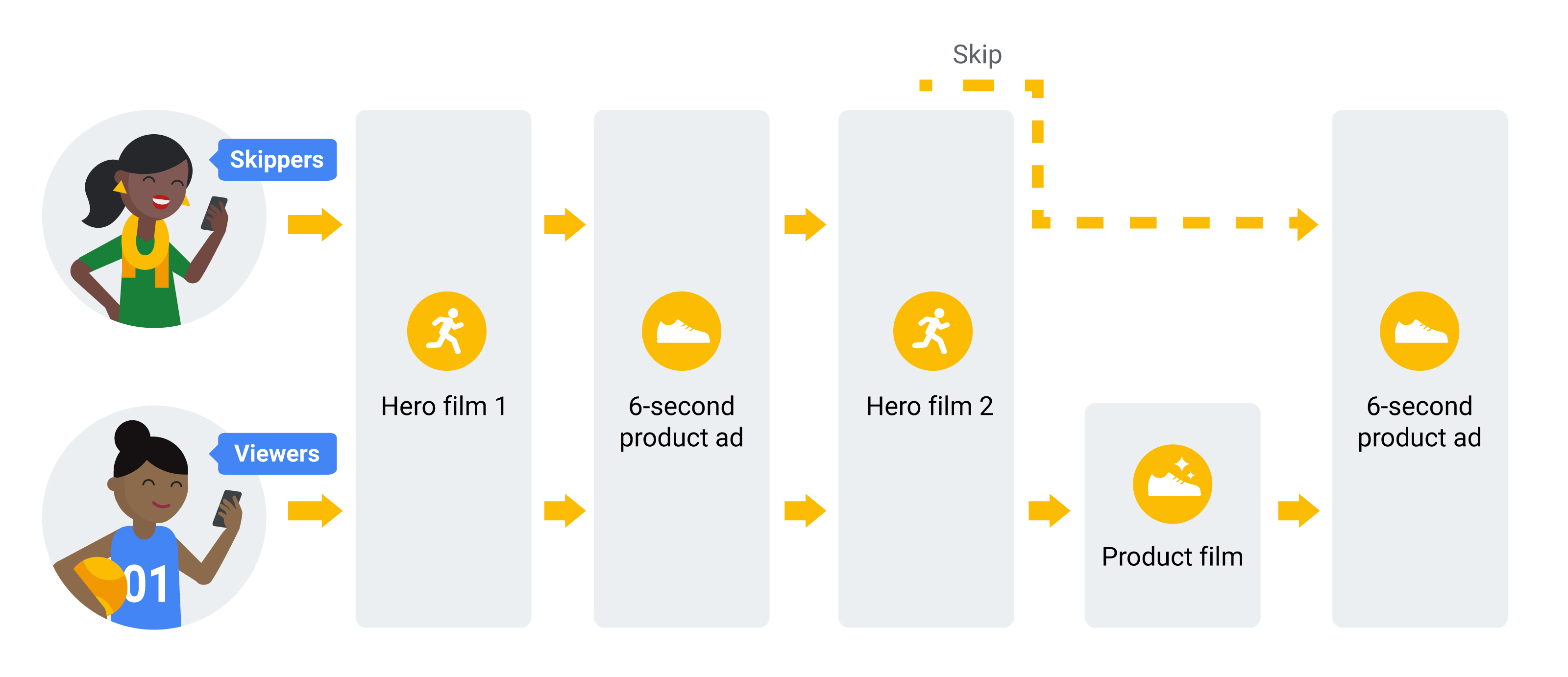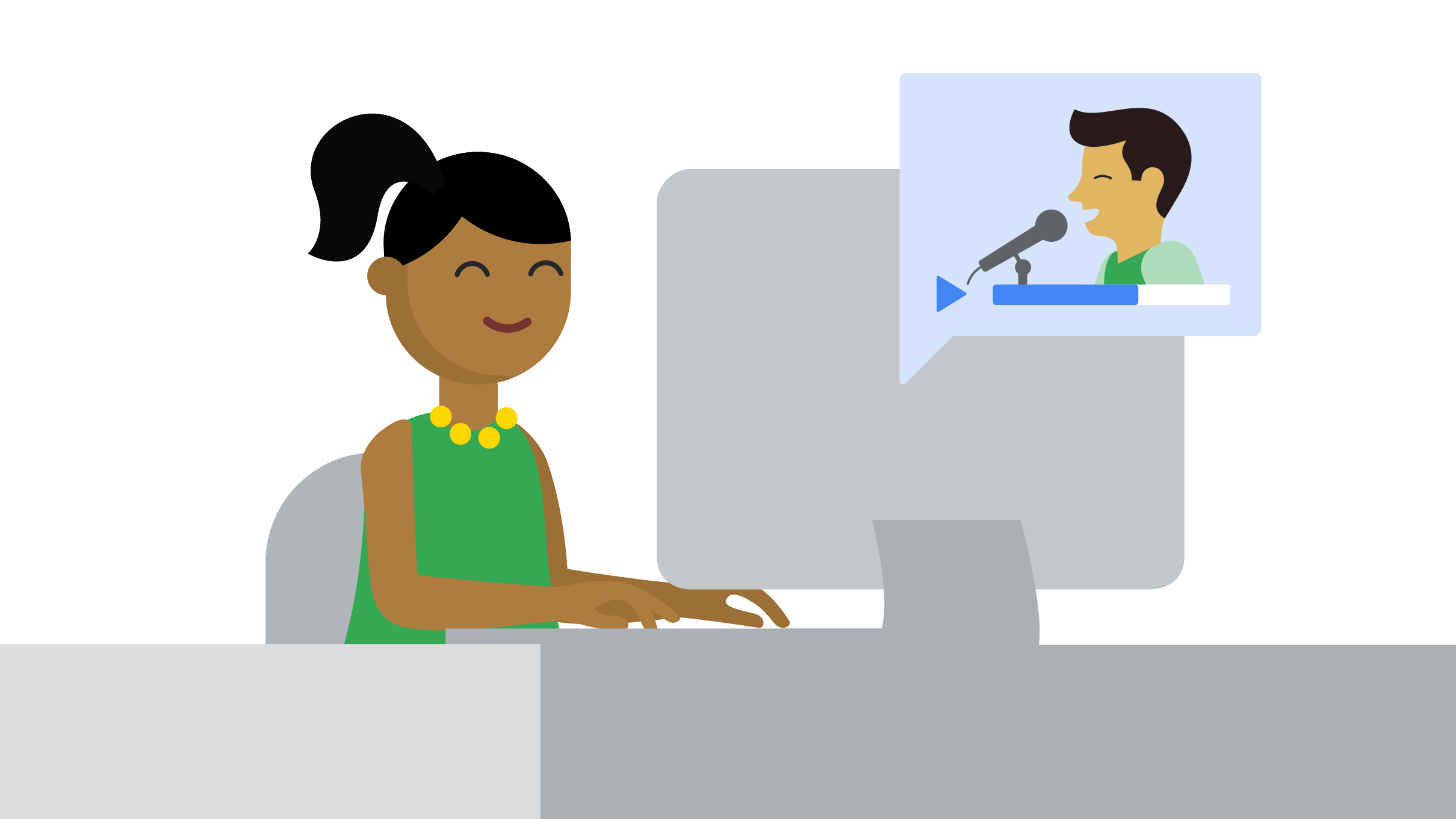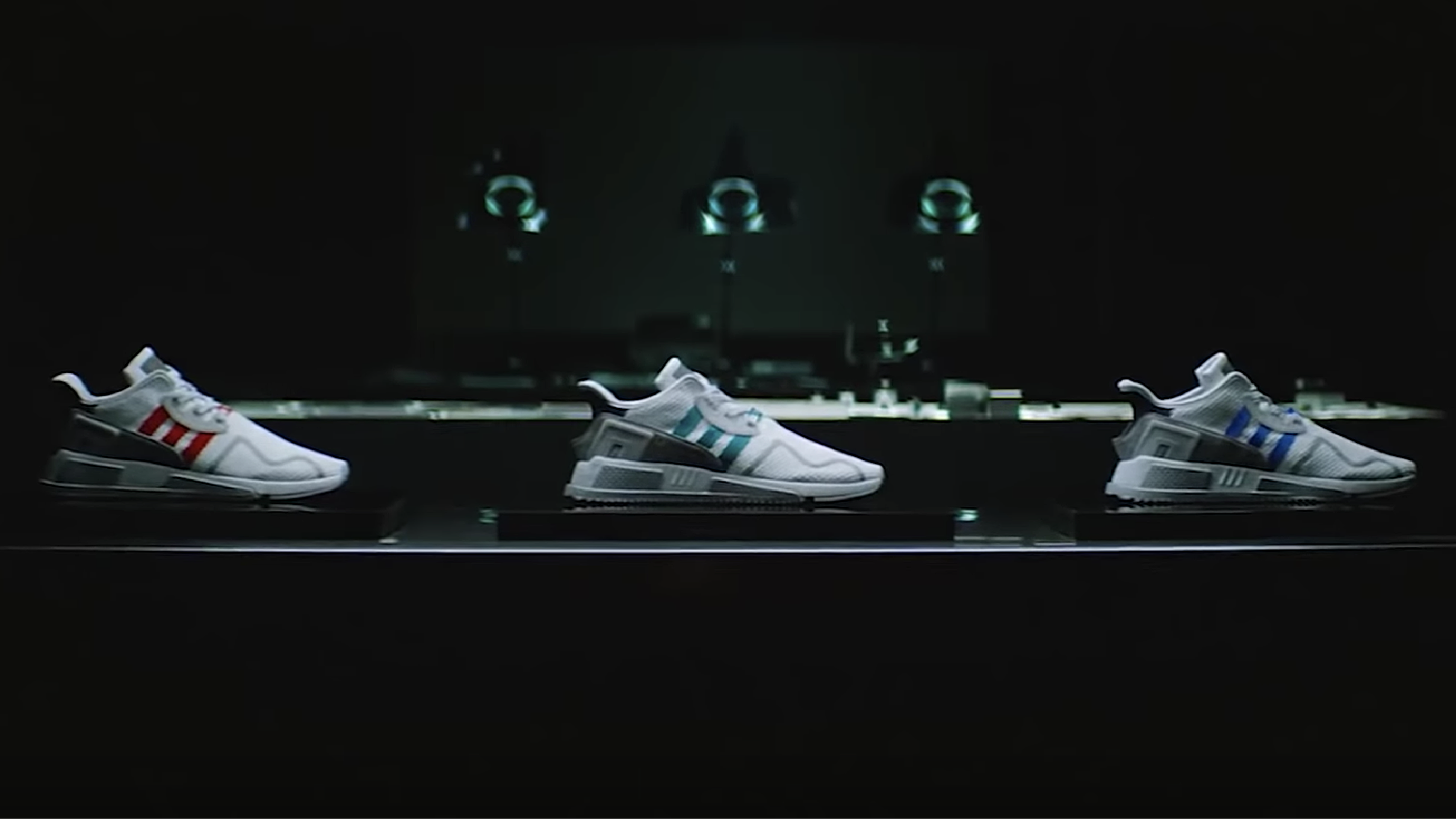You wouldn’t expect someone to hire you before you told them about yourself and why you’d be right for the job. The same principle applies when marketing a new product. If you skip straight to your call to action without taking the time to build awareness or educate potential customers, you’re unlikely to succeed.
That’s why, until recently, Adidas had always used a “phased block planning” approach to product launches — one campaign split into multiple, time-separated phases, all targeted at the same audience. The phases typically focused on awareness, education, and driving action.
But as Joshua Reidy, Adidas' global media manager, points out, there were two problems with this strategy. “We could never be sure the same people were seeing our ads across all phases of our campaign, or how many times they saw a particular creative. So we had no good way of knowing whether our story was unfolding in the way we envisioned. And because each phase had to run separately, the campaigns ended up being several weeks long.”
In need of a better way to launch its Nemeziz soccer shoe in the summer of 2017, the Adidas marketing team turned to YouTube’s video ad sequencing tool to move its target audience along a planned sequence of ads in a shorter amount of time — just a few days, for some people.

The results? A 317% lift in product interest1 for users exposed to the ad sequence. For other brands looking to try a similar approach, here are three lessons the Adidas marketing team learned.
Unveil the product to an interested audience, then go short for big exposure
Adidas wanted to introduce Nemeziz in an authentic way, by featuring the shoe in context, on the feet of leading soccer players. So they created a long-form video to do just that. The video campaign ran as a TrueView ad, giving interested users the ability to watch and uninterested users the option to skip.
But the team recognized that a longer video required more commitment from users who might be unfamiliar with Adidas or its products. “We realized that by starting with a long video, maybe 50% of people would stop watching before they’d even seen our product. Our video strategy needed to solve for that,” Reidy explained. “So we also built a six-second, unskippable bumper into the plan to reach users who had been exposed to the initial long-form film. The creative showed off the soccer boot and delivered a very simple message right away.”
“Then we followed up with another long-form hero film — which was only served to viewers who had already been exposed to the bumper ad — that told more of a story and featured the soccer players who wear the shoe,” Reidy said.
Tailor according to engagement
One of the most powerful aspects of building a dynamic video ad sequence is that it allows you to tailor follow-up videos based on a viewer’s previous engagement.
We saw the average view-through rate increase 20 percentage points from the hero video to the product video, confirming that it made sense to tailor our sequence according to viewer engagement.
“Viewers who most engaged with our message — those who watched both the initial bumper and our longer hero video — were then served an ad that took a deeper look at the product itself. We saw the average view-through rate increase 20 percentage points from the hero video to the product video,2 confirming that it made sense to tailor our sequence according to viewer engagement,” Reidy points out. “We then wrapped up the sequence the same way for both those who had skipped the hero video and those who had watched the product video: by once again showing them the bumper ad we had used at the start of the campaign.”
Don’t be afraid to feature your product throughout the sequence
Sometimes brands shy away from featuring their product too prominently in an ad, for fear of appearing pushy. But in this case, the Adidas marketing team decided to go all in — and it paid off.
“By introducing our product upfront and using tightly framed, product-focused creative across our entire sequence, we were able to achieve far greater awareness, recall, and most importantly, purchase intent,” said Reidy. “Following the campaign, we saw a 33% lift in awareness, a 20% lift in ad recall, and a 317% lift in product interest,3 which we were really happy with.”







